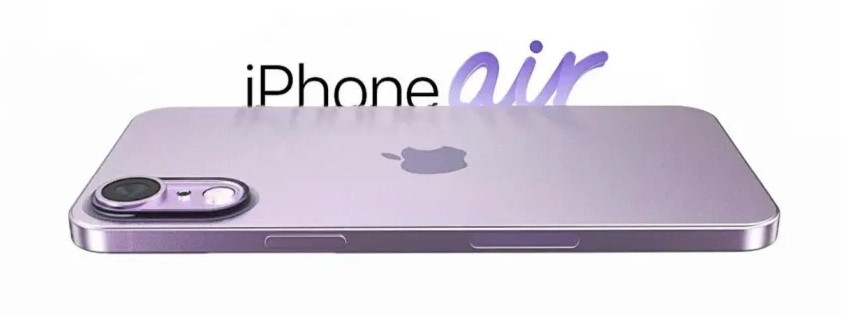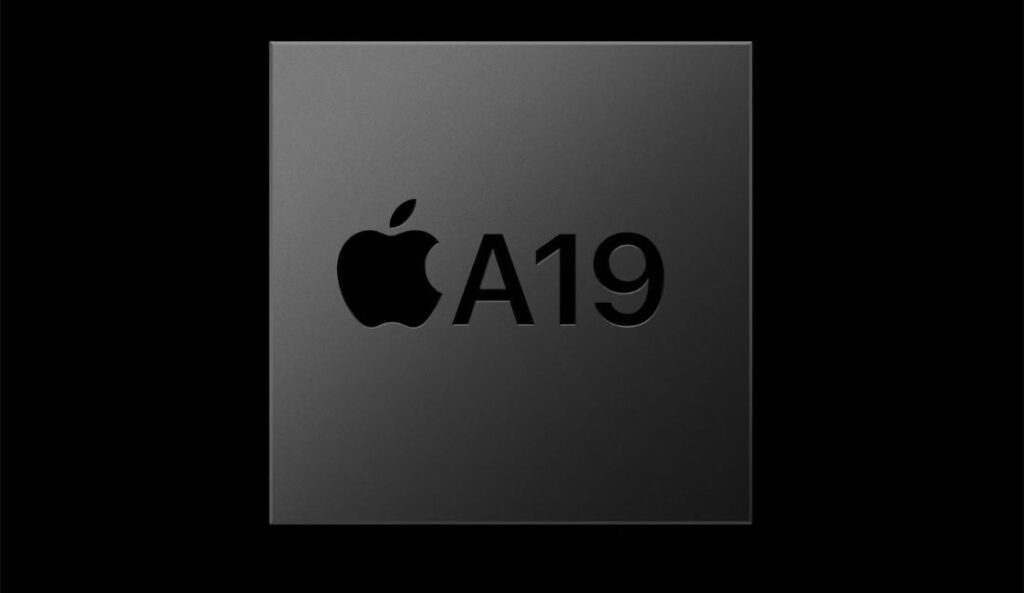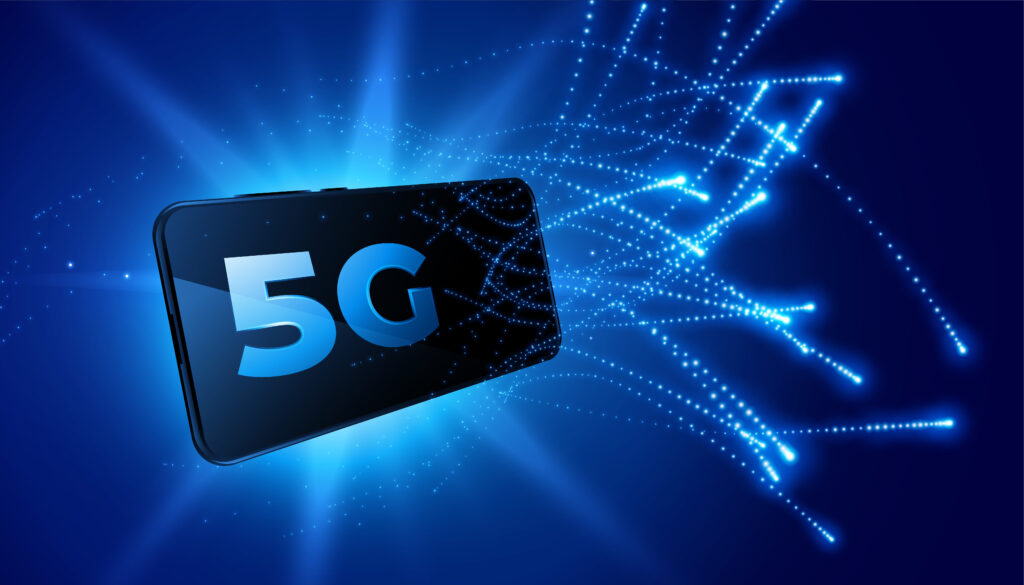Apple’s iPhone 17 series gets hyped months before release. It’s because of major design changes and awesome upcoming features.
Before the iPhone 17 Launch Date, Apple looks set to introduce an ultra-slim iPhone 17 Air model, dropping the Plus.
Let’s look at everything we know so far about the iPhone 17 family with the launch date just a few months away.
iPhone 17 launch date Expected Date and Timeline
Apple’s new iPhone 17 series is expected to be unveiled September 9-13, 2025.
The company typically holds iPhone launch events during September, usually on Tuesday. It’s likely pre-orders will start soon after the announcement, with devices shipping within one to two weeks.
A few iPhone 17 models have already gone through Engineering Validation Testing (EVT). That means it’s mostly finalized, but minor changes might still happen. The device is on track for mass production according to Apple’s usual schedule.
The iPhone 17 Family: A Major Lineup Shift
Apple will introduce four distinct models in 2025, a significant departure from previous generations:
- iPhone 17 (standard model)
- iPhone 17 Pro
- iPhone 17 Pro Max
- iPhone 17 Air (a recent addition)
The iPhone Plus isn’t included in this lineup because Apple is reportedly discontinuing it.
Apple’s new iPhone 17 Air joins the iPad Air and MacBook Air family of ultra-thin, portable devices.
iPhone 17 Air: Apple’s Thinnest iPhone Ever
The iPhone 17 Air represents one of the most significant design innovations in the iPhone lineup since the iPhone X debuted in 2017.

This all-new model features:
Design and display
The standout feature of the iPhone 17 Air will be its remarkably slim profile — reportedly measuring just 5.5mm thick.
This would make it the thinnest iPhone ever produced, even slimmer than the iPhone 6 and the latest M3-powered iPad Pro. This device will feature Apple’s 120Hz Pro Motion technology, bringing high refresh rates to non-Pro iPhone models for the first time.
Performance and the camera.
It’s slim, but it packs a lot of power with Apple’s upgraded A19 chip and 8GB of RAM. It looks like the ultra-thin design means compromises.
The Air will have a 48-megapixel rear camera instead of dual or triple cameras like other models. The front camera will have 24 megapixels and a six-element lens for better selfies, especially in low light.
Battery life and connectivity
The Air’s slim design may have a significant impact on battery life. The iPhone 17 Air may have “less” battery life than previous iPhone generations, with only 60-70% of users getting a full day on a charge. Apple might introduce a battery case accessory to address this issue.
Globally, the Air model will use eSIM instead of a physical SIM tray. It’s also expected to have a single speaker rather than stereo speakers.
Pricing
It is expected that Apple will price the iPhone 17 Air at $899, which is more expensive than the standard model but less costly than the Pro variant.
iPhone 17 Standard: The New Benchmark Experience
The standard iPhone 17 model will continue to serve as the entry point to Apple’s flagship lineup with several noteworthy upgrades.
Design and display
There’s a new design for the iPhone 17, with thinner bezels and maybe a lighter frame. There’s a good chance it’ll have a 6.3-inch OLED display and 120Hz Pro Motion technology previously reserved for Pro models.
Performance and the camera.
The standard iPhone 17 will likely be powered by Apple’s A19 chip built on an advanced 3Nm process for improved efficiency and performance. The device is expected to maintain a dual-camera system with a 48-megapixel main sensor, as well as a 24-megapixel front camera with six elements.
Battery and pricing
Battery life should see modest improvements thanks to a more efficient processor and display optimizations. The iPhone 17’s starting price is expected to remain $799.
iPhone 17 Pro and Pro Max: Power and features you’ll love
Apple’s Pro models will continue to represent the pinnacle of iPhone technology with several exclusive features.

Design and display
The iPhone 17 Pro is expected to feature a 6.27-inch LTPO display, while the Pro Max will boast a larger 6.86-inch LTPO screen. Both will retain Apple’s Pro Motion technology with variable refresh rates up to 120Hz for smooth scrolling and responsive touch interactions.
Performance and Camera System
Both Pro models will likely be powered by the more capable A19 Pro chip paired with a generous 12GB of RAM for enhanced multitasking and performance. The camera system will see significant upgrades, particularly on the Pro Max.
According to rumors, this device will come with a 48-megapixel telephoto lens. This should dramatically enhance zoom quality and detail retention at longer focal lengths.
Pricing
iPhone 17 Pro is expected to start at $1,099, and iPhone 17 Pro Max at $1,199.
This represents a significant price increase for the Pro model compared to the current generation.
Common Upgrades Across All Models
Key improvements are expected across the entire iPhone 17 lineup:
Display technology
All iPhone 17 models may finally feature 120Hz Pro Motion displays, bringing smooth scrolling and better responsiveness to every device in the lineup.
Front camera enhancements
The entire series is rumored to receive a significantly upgraded 24-megapixel front camera with a six-element lens design.
The camera promises better detail, better low-light performance, and enhanced depth capabilities.
A19 Chip Series

The entire lineup will benefit from Apple’s next-generation silicon, with standard models receiving the A19 chip and Pro models featuring the more powerful A19 Pro variant.
These chips should deliver improved performance and energy efficiency than their predecessors.
Apple’s 5G modem

Reports suggest that Apple might debut its own in-house 5G modem chip with the iPhone 17 series, potentially reducing its reliance on Qualcomm and giving Apple more control over cellular performance and power efficiency.
Read Also: Cloud Gaming Is Here: Enjoy gaming freedom with Xbox
What This Means for the Future of the iPhone.
Before, the iPhone 17 launch date lineup introduced major changes, including the ultra-slim Air model and the discontinuation of the Plus. All models are expected to feature 120Hz Pro Motion displays, upgraded front cameras, and Apple’s A19 chips.
The Pro model will focus on advanced photography and performance, while the Air emphasizes portability with compromises on battery and camera.
The series will launch in September 2025 with many upgrades.








